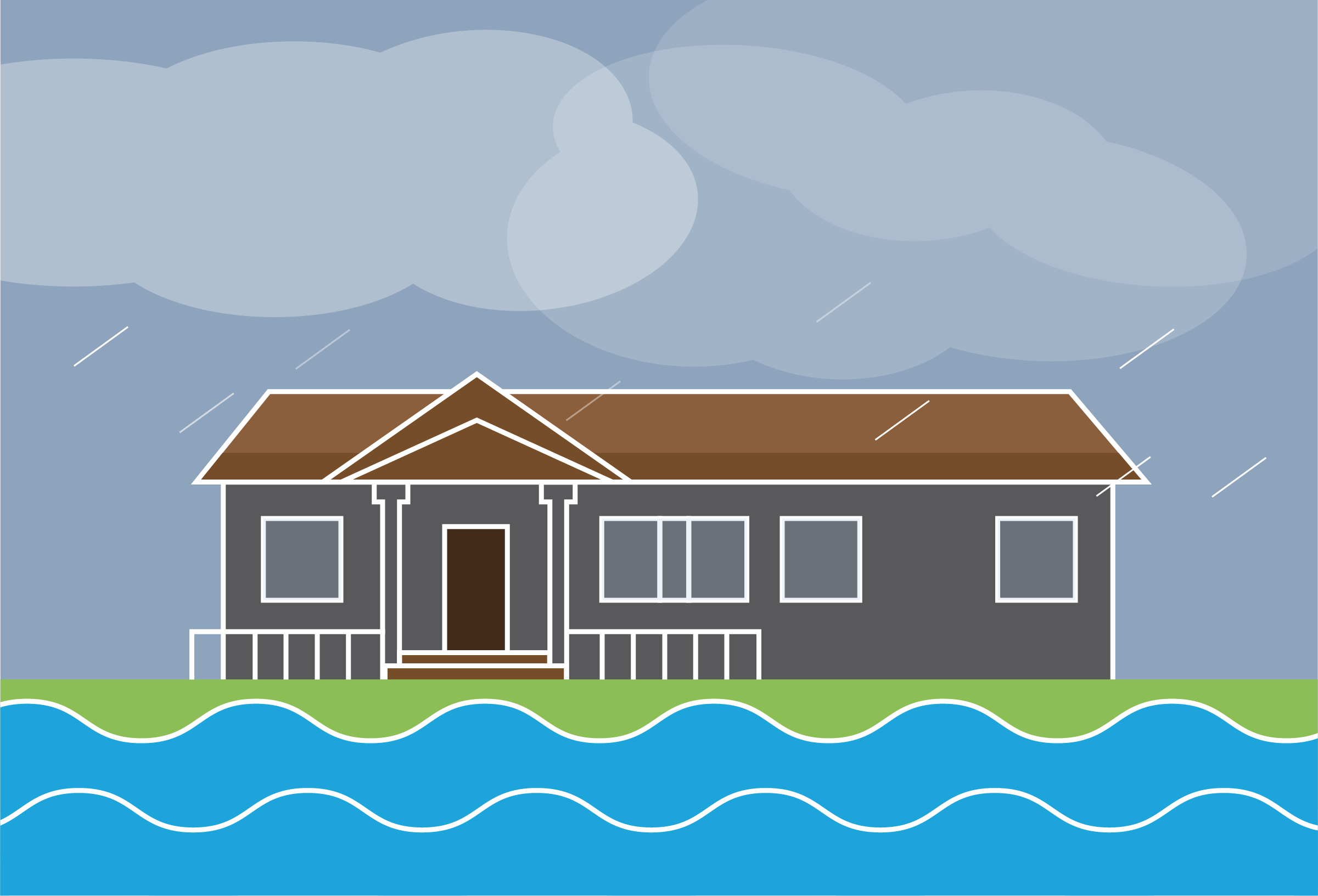
Strategies to help you find the people who need your services
When storm season is in full swing, even people who live in lower risk flood areas are thinking about flood coverage. If they have it, they want to be reassured that their assets are safe. If they don’t, they will welcome the opportunity to discuss their situation and coverage options. It’s a moment when everyone is a lot more open to receiving calls from agents like you, who can help them minimize risk and protect the lives they’ve built. Here are 5 strategies to identify potential new flood insurance customers and cross-sells.
1. Cross-sell to existing clients not covered for flood
Check your portfolio for clients who carry other lines of coverage with you, but not flood insurance. If they have no coverage at all, they may be justifying it with some false presumptions about not needing flood coverage or being covered by their homeowners’ policy. Arm yourself with these flood myth-busters, take a caring, I’ve-got-your-back approach and get in touch. This is a great way to add value to your portfolio with very little effort.
2. Talk to your clients who are insured with other providers
If clients who carry other lines of coverage with you have flood coverage through another insurance provider, connect with them to make sure their coverage fits their needs. This is sometimes an overlooked low-hanging fruit. There is great benefit for your customers in having a single insurance provider that acts as their exclusive risk management partner. Read up on all the reasons insurance customers love independent agents.
3. Use flood maps to identify at-risk clients
Knowing the risks where your customers and prospects live helps you identify who needs coverage. Use flood maps to find where existing customers’ properties are, or find moderate- to low-risk areas deemed Non-Special Flood Hazard Areas (NSFHA) and look for businesses or single-family homeowners that may not be covered. You can also check community flood maps to identify clients with increased flood risk, like those who live in:
- Large residential areas inside (or just outside) high-risk zones
- Highly populated areas that have flooded in recent years
- Neighborhoods or commercial areas near bodies of water or behind levees
Again, now is the moment when people are ready to talk, ready to sign and ready to welcome someone who can help them minimize the risks they face in business and life.
4. Partner with realtors, financial advisors and lenders
Insurance is linked to all the big decisions people make in life. Professionals who sell houses, loan money and manage people’s assets benefit from having a go-to resource with knowledge of flood risk and the ability to provide flexible coverage. You help them serve their customers better. For example, you might help real estate agents set realistic expectations for their clients about flood risk, required coverage and cost or be available to explain:
- The key features of a flood policy, including exclusions and special limits
- How much a flood policy might cost and how rates are determined
- What deductible options might be
- How much coverage is needed to protect assets and ensure financial security
Particularly during flood season, this may be a much lower hanging fruit than you think.
5. Include flood when writing any kind of policy
This is such a quick win for independent agents. Not only does it protect you from Errors & Omissions lawsuits, it also assures clients that you’re looking out for all of their insurance needs. Having multiline contracts simplifies their lives and boosts your profits. You get a customer that sticks with you over time, and they get a single go-to insurance expert with access to a wide market.
MacNeill has outstanding flood service and a wide array of flood options including Commercial, NFIP, Private and Excess. Send requests to flood@macneillgroup.com or try a Private Flood quote on the MOUS® rater.




 800-432-3072
800-432-3072